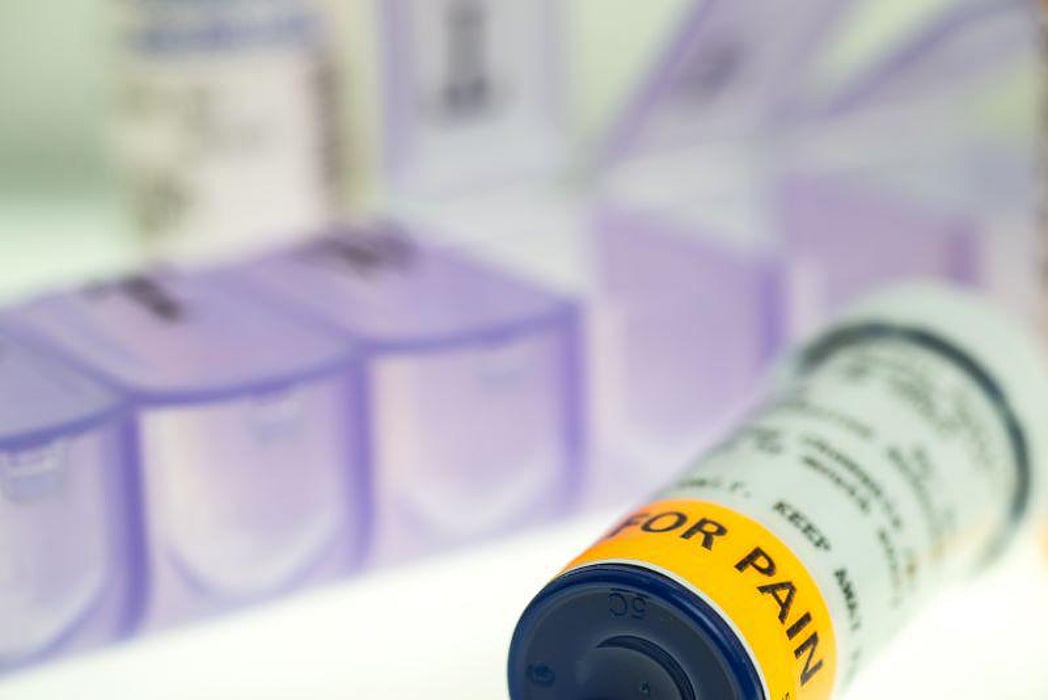Persistent Opioid Use After Sarcoma Treatment Explored Among Youth

TUESDAY, May 24, 2022 (HealthDay News) -- Twenty-three percent of adolescents and young adults (AYAs) with sarcoma who were previously opioid-naive and use opioids during treatment have new persistent opioid use after treatment, according to a study published online May 23 in Cancer.
Melissa P. Beauchemin, Ph.D., from the Columbia University Irving Medical Center in New York City, and colleagues describe patterns of new persistent opioid use among AYAs in the year after sarcoma treatment. Data were included for 938 opioid-naive patients aged 10 to 26 years who were diagnosed with sarcoma from 2008 to 2016. The primary outcome was new persistent opioid use, defined as two or more opioid prescriptions in the 12 months following completion of treatment.
The researchers found that 64 percent of patients filled an opioid prescription during treatment. Of these, 77 and 23 percent received no further prescriptions after the completion of therapy and received at least two prescriptions in the year following treatment, respectively. The likelihood of new persistent use was increased in association with Medicaid versus commercial insurance (odds ratio, 1.74) and non-soft tissue sarcoma (odds ratios, 3.23 and 2.05 for Ewing sarcoma and osteosarcoma, respectively).
"Because high-quality pain management is a critical component of cancer care and AYAs are a vulnerable population at risk for opioid misuse and overdose, there is an urgent need to develop AYA-specific pain management guidelines, education, and anticipatory guidance," the authors write.
One author disclosed financial ties to Merck.
Related Posts
Frailty Greatly Lowers Survival in a Surgical Crisis
THURSDAY, July 6, 2023 (HealthDay News) -- When frail patients go into cardiac...
Las TC para la detección del cáncer del pulmón encuentra más tumores tempranos
VIERNES, 9 de septiembre de 2022 (HealthDay News) -- Las TC para la detección...
AHA News: CPR ‘Heroes’ Need More Support, Report Says
MONDAY, March 21, 2022 (American Heart Association News) -- When she arrived at...
As Segregation Rises in Communities, So Do Cancer Death Rates
FRIDAY, Nov. 18, 2022 (HealthDay News) -- Whether you survive a bout with cancer...
